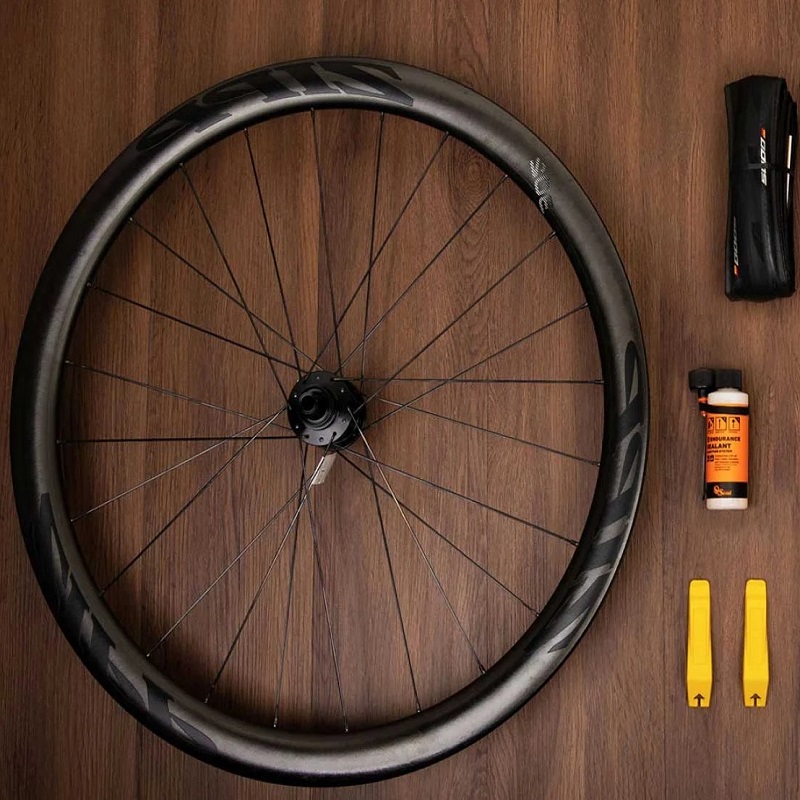Understanding Tubeless Road Bike Tires
Tubeless road bike tires have gained immense popularity among cyclists, and for a good reason. These tires eliminate the necessity for inner tubes, instead using a sealant that seals punctures and air leaks. This design leads to a variety of benefits, including reduced weight, improved performance, and enhanced comfort during rides. Riders often appreciate the smoother ride quality and easier maintenance that tubeless systems offer. However, transitioning to tubeless tires can present challenges, especially for those who are not familiar with their unique installation and maintenance requirements. In this guide, we will explore common issues cyclists face with tubeless road bike tires and provide effective solutions to enhance your cycling experience.
Common Installation Issues
The installation of tubeless road bike tires can be intimidating for many cyclists, particularly those new to this type of tire. Improper installation not only leads to difficulties in sealing the tire to the rim but also affects overall performance.
Choosing compatible tires and rims is crucial before starting the installation process. Ensure that your tire and rim are both tubeless-ready. Compatibility can usually be found in the manufacturer’s specifications. This check is essential to avoid ineffective sealing and to ensure a satisfactory riding experience. Following this, investing in high-quality tubeless sealants is a key step in the installation. Opt for reputable brands known for their effectiveness in sealing punctures and maintaining air pressure over time.
Proper tire installation is vital for achieving the desired performance. It is important to ensure that the tire is correctly seated on the rim. Start by placing one side of the tire bead into the rim, and then work the second side onto the rim carefully, making sure that there are no gaps, as gaps can lead to air escaping. Inflate the tire slowly while checking for air leakage. If the tire fails to seat properly, it may lead to a frustrating loss of air.
Utilizing the proper tools can also aid in a successful installation. Having tire levers and an air compressor can greatly simplify the mounting process. If difficulties persist, consider using a soapy water solution to lubricate the rim and tire bead, aiding in proper seating.
Checking for leaks after installation is an essential step. After inflating the tire, listen for any hissing sounds or inspect for bubbles forming at the bead or sidewall. If you notice signs of air leakage, you may need to reseat the tire or apply additional sealant.
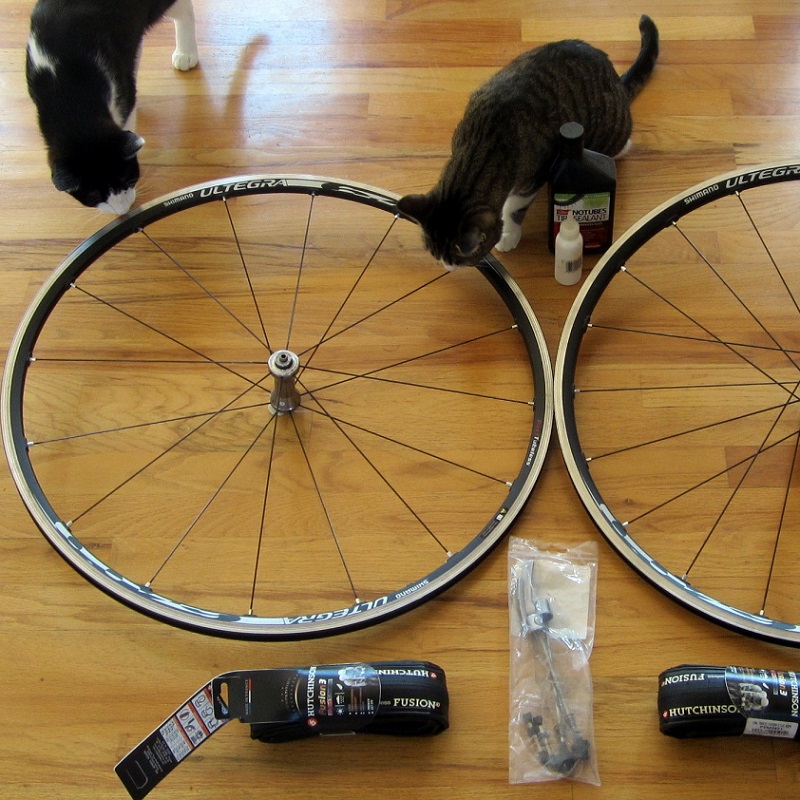
Overcoming Air Leakage Problems
Air leakage is one of the most common issues faced by riders using tubeless road bike tires. Even a small leak can lead to significant loss of air pressure, negatively impacting your ride quality.
Conducting regular pressure checks will help you catch any slow leaks before they become a significant issue. Make it a habit to check your tire pressure before every ride. Knowing the ideal pressure for your tires can help you maintain optimal performance while also allowing you to detect leaks rapidly.
Reapplying sealant periodically is also important in preventing air loss. Over time, tubeless sealants can dry out or become less effective. It is advisable to inspect your tires every few months and replenish sealant as needed. More frequent maintenance may be necessary if you frequently ride in dry or hot conditions, as these factors can accelerate the drying process.
Regular inspections for damage are crucial in managing air leakage. Make it a practice to visually inspect your tires for cuts, slashes, or signs of wear that could lead to leaks. Address any detected damage promptly to maintain tire integrity.
Understanding tire lifespan is another essential aspect of tire management. Tubeless tires typically last between two to five years, depending on riding conditions and frequency. Being proactive in monitoring the age and condition of your tires will enable you to decide when it’s best to replace them to ensure safe riding.
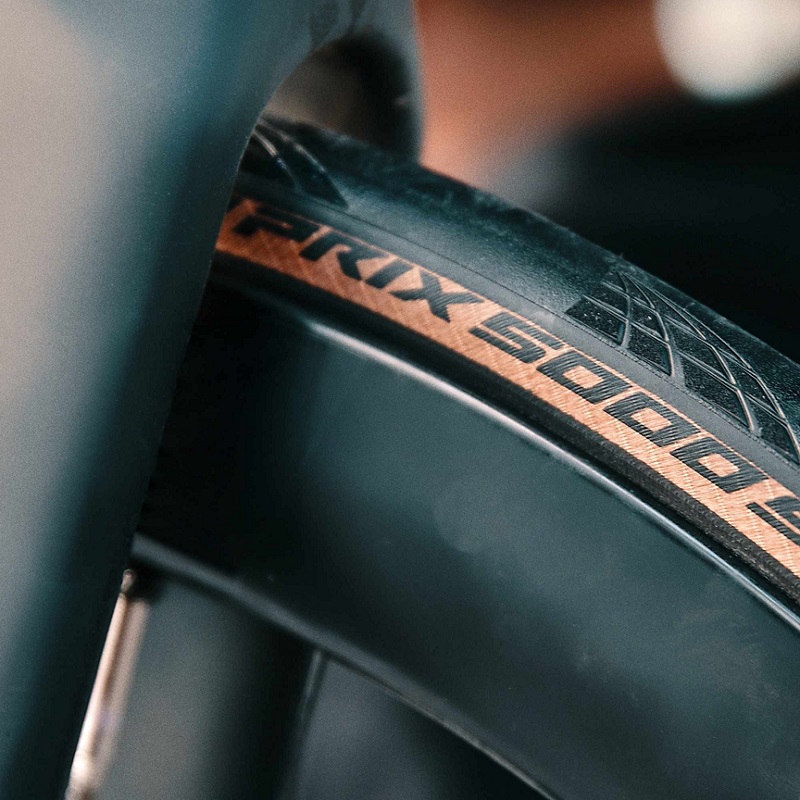
Handling Punctures and Flats
While tubeless road bike tires are engineered to offer enhanced puncture resistance, they are not entirely immune to flats. Knowing how to address a flat quickly and effectively on the road can save time and frustration.
Carrying a comprehensive repair kit is paramount. Always equip yourself with a kit that includes tire plugs, a CO2 inflator, and a portable pump. Being prepared allows you to handle punctures skillfully and minimizes any disruptions during your ride.
Using sealant effectively for small punctures is important, as many high-quality sealants can seal minor punctures instantly. Familiarize yourself with the specific features of your sealant, including the size of puncture it can effectively seal, and understand when it may need reapplication or replacement.
Practicing emergency repair procedures at home will build your confidence and execution skills on the road. Learning how to remove a tire, apply a plug, or switch to a spare tube can make a significant difference during unexpected situations.
Assessing the severity of the flat is crucial. In some cases, a puncture may be too large for sealant to handle effectively. Knowing how to switch to a spare tube can be a lifesaver, so familiarize yourself with your bike’s components and repair process to ensure you are ready for any scenario.
Managing Tire Wear and Tear
Monitoring tire wear and tear is essential for maintaining safety and performance. Regular visual inspections will help you catch signs of damage or excessive wear before they become critical. Keep an eye out for bald spots, cracks, or other indicators that it may be time to replace your tires.
Pay attention to tread depth as well. Tread depth affects handling and traction, and it’s best to replace tires when tread depth dips below 1.5 mm. Monitoring tread depth not only helps maintain performance but also ensures your safety while riding.
Proper storage practices can contribute to the longevity of your tubeless tires. Store your bicycle in a cool, dry place out of direct sunlight. Extreme temperatures and UV rays can degrade rubber compounds over time, so avoid exposing your tires to harsh conditions.
Understanding usage patterns can also impact how you manage tire care. If you frequently ride on rough surfaces, you may experience more wear and tear. Tailoring your maintenance routine based on your riding conditions will improve tire longevity.
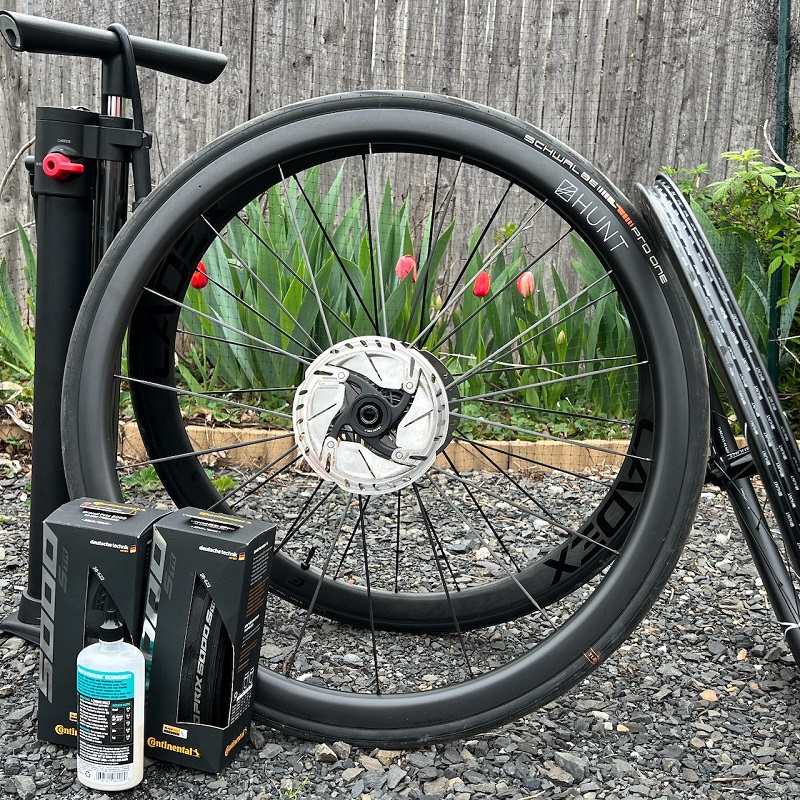
Enhancing Riding Experience and Comfort
One of the standout features of tubeless road bike tires is their ability to enhance riding comfort. There are several strategies to maximize this aspect of your bike setup.
Optimizing tire pressure is crucial for achieving a comfortable ride. Adjusting tire pressure can significantly impact how your bike handles and absorbs bumps in the road. Lower tire pressure may yield a more cushioned ride but also increases the risk of pinch flats, especially on rough terrain. Experiment with different pressures to find a balance that suits your riding style.
Choosing the right tire width can also enhance comfort levels. Wider tires generally provide more grip and comfort, making them suitable for various riding environments. Selecting the appropriate tire width based on the terrain you plan to ride can significantly improve your experience.
Adapting to various terrains is key for comfort and performance. Tailoring your bike setup to suit the surfaces you typically ride on can maximize the effectiveness of your tires. Adjust your tire pressure and tread pattern as necessary to ensure optimal performance.
Selecting appropriate tread patterns based on your riding conditions can affect both comfort and handling. Different environments call for different tread designs. Choose tires that offer good traction and stability in the conditions you frequently encounter.
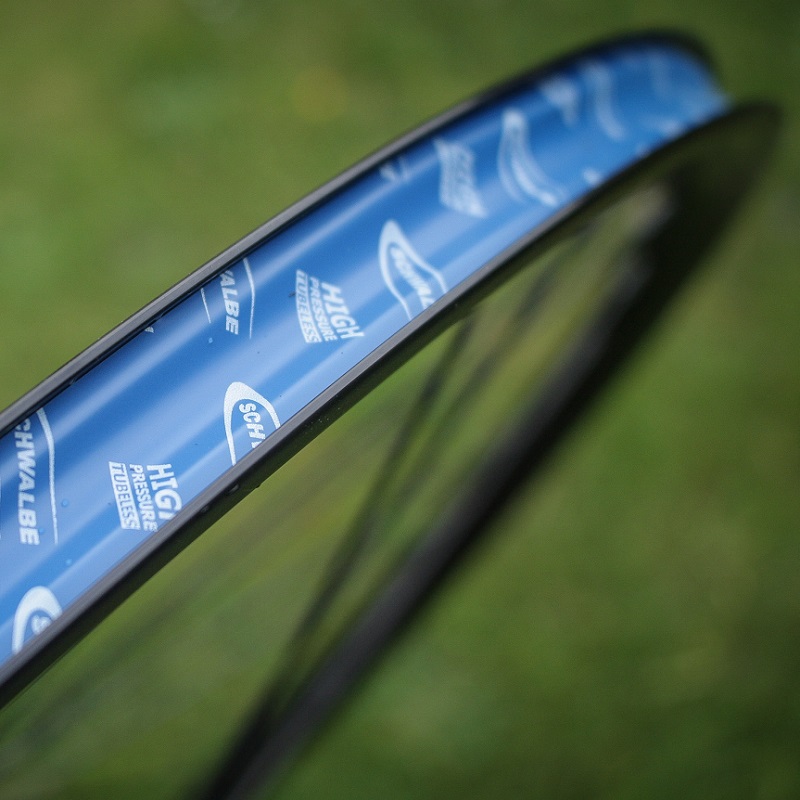
Seasonal Maintenance
Seasonal changes can impact the performance and longevity of your tubeless road bike tires. Adjusting your maintenance practices according to the seasons is essential for optimal performance.
Preparing your tires for winter riding requires careful attention. It’s wise to check the viscosity of your sealant to ensure it remains effective in lower temperatures. Regularly inspect your tires for damage from ice, snow, and road debris.
In warmer months, consider the effects of heat on tire performance. High temperatures can cause sealants to dry out more quickly, so regularly inspect and replenish your sealant as needed to maintain efficiency.
When riding in wet conditions, be mindful of traction. Choose tires with sufficient tread and consider those designed specifically for wet-weather performance. Proper tread patterns can greatly enhance grip and confidence while riding in challenging conditions.
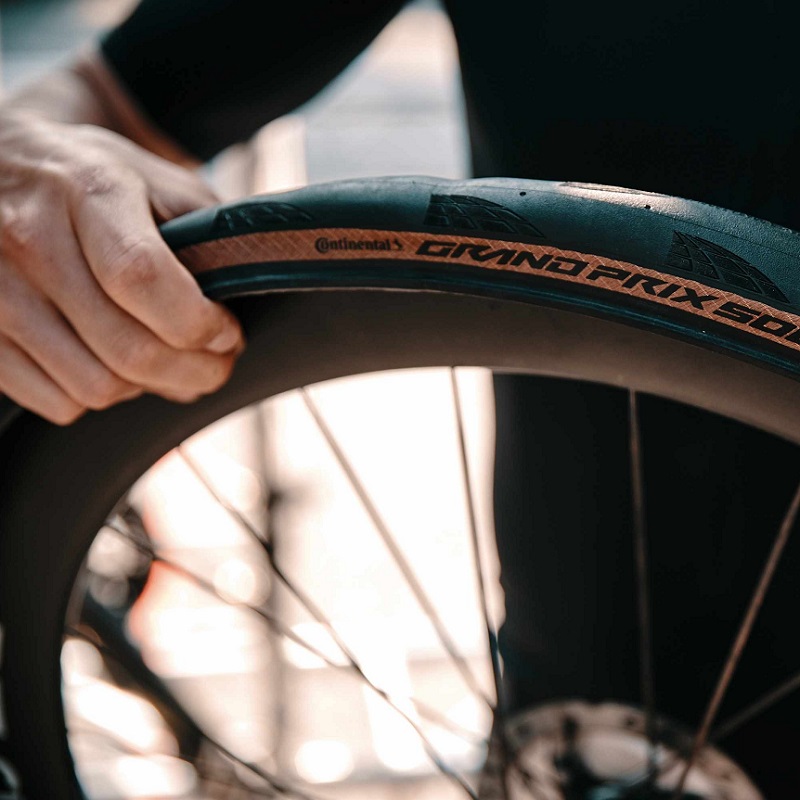
Conclusion: Embracing the Advantages of Tubeless Road Bike Tires
In summary, while tubeless road bike tires offer many advantages, including improved puncture resistance and reduced weight, they also come with unique challenges that require careful management. By understanding common issues such as installation difficulties, air leakage, and tire maintenance, cyclists can improve their riding experience significantly.
Applying the solutions discussed in this article will allow you to effectively overcome various challenges associated with tubeless road bike tires. With proper knowledge and a commitment to maintenance, you can enjoy the full benefits of this innovative technology. Ultimately, taking care of your tubeless tires enhances not only your performance but also your overall enjoyment of cycling.
With these tips in hand, you’ll be better equipped to handle any issues with your tubeless road bike tires, ensuring many happy miles on the road ahead.
